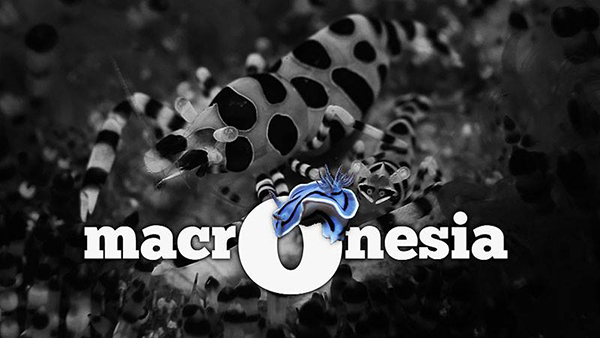Video: Macronesia by Shane Siers

Shane Siers has produced a series of macro life films, concentrating on the nudibranchs of the Pacific. These are beautifully shot and edited, but also have a strong identification and marine biology focus that makes them educational as well. Wetpixel is proud to be featuring his work, and we plan to add his films as a weekly feature over the next few months.
This week features his demo reel. He has written a eloquent introduction to his work, which I planned to edit into the third person, but is too good to do so! So in his own words….
I started taking photos with a very old Canon point & shoot that I picked up a $35 housing for…and I’m sure you know how the addiction begins. I soon upgraded to a Canon G9 with an Ikelite housing and DS-160 strobe. More than anything it was the shutter lag that drove me to an SLR two years later. After several months of deliberation (and several beers on a late night after karaoke with friends) I pulled the trigger on the Canon 5DMkII on the week it was released. Still one of the best decisions I have ever made. The thought of a camera with video was just a novelty to me at the time, and it was several months before I tried it out…but then I was hooked. Since I started shooting videos, I’ve hardly looked back. There are a lot of magnificently skilled macro photographers out there, so I saw video as a place to make a more novel contribution.
I’ve always enjoyed macro images, so it was macro setup that I initially purchased – intending to add wide angle capabilities later. While part of the blame for not getting there lies with the cost of adding lenses, ports, lights, etc., it really is just my ardent fervor for exposing the hidden worlds of tiny reef life that keeps me zoomed-in and focused on macro videography.
Like many, I started with shooting nudibranchs because they are exotic, colorful, and relatively easy to photograph. But it’s gone way beyond that. As a scientist I find their evolutionary history, ecological interactions, and sheer diversity absolutely fascinating. Diving in Guam can get a little dull if you need the big thrills of the charismatic mega-vertebrates, but with nudi-lust every dive is like an Easter-egg hunt, and the delight of finding a new species I’ve never seen before keeps me coming back for more. And I can’t exaggerate how important it was to have experienced, knowledgeable and skilled photo- and dive-buddies to keep me motivated and help find some of the more secretive organism, especially David Burdick, a proper marine biologist and talented photographer.
After developing a few video projects for friends and family, and enjoying the encouragement they gave me, I decided to finally create a platform to share my videos with the world, so I created Macronesia.net, a play on “macro-” photography and the Greek suffix “-nesia” for islands. My intent with Macronesia is to share images and knowledge about these incredible bits of bizarre and colorful life in an atmosphere that is pleasant, immersive, and instructive. No ads, no images of other divers, just the animals in their elements. Currently my videos have only musical soundtracks (with express permission of the artists). I am planning to branch out to include videos that are narrated by scientists that have a deep understanding of the lifeforms in the videos and include more educational content.
Aside from some GoPro scenics that I may eventually work in, my videos have been exclusively filmed with the 5DMarkII in a Sea & Sea housing with a Canon 100mm f2.8 lens. For my earlier videos I may have added one or two Inon UCL-165 wet diopters, but more recently I use a superior Subsee +10 for the smaller organisms. Light is provided by two Intova Supernova LED lights. The key to the stability of my macro videos is a home-made tripod of my own design.
While recording video, the 5DMarkII is limited to manual focus, which is fine by me because I can rarely trust autofocus to pick the details that I want in focus, especially when dealing with the razor-thin depth of field. I shoot in full manual, usually at f22-32 and ISO 640-1250. Most of my earlier clips are 30p recorded at 1/30 or 1/60s, but recently I have started filming at 25p and 1/50s. It’s notoriously hard to nail perfect focus manual with the 5DMkII by eye with the on-camera LCD, and my most common reason for missing otherwise perfect shots is not having that essential precise focus on the eye (or rhinophore) of the subject. For this reason I have recently started using the Magic Lantern firmware upgrade which offers great exposure and focus aids, especially focus peaking which has increased my successful shot rate, and the live histograms help me to nail the exposure every time despite tricky lighting conditions. I do all of my editing in Sony Vegas Pro.
Three years ago I returned to the mainland US to begin a Ph.D. program at Colorado State University, continuing the Brown Treesnake research and returning to Guam fairly regularly. It’s hard being landlocked in the mountains, so far from the ocean, but I’ve got thousands of video clips of spectacular marine organisms to edit and share. Keep an eye on Macronesia and my Facebook page. I can also be reached by email.